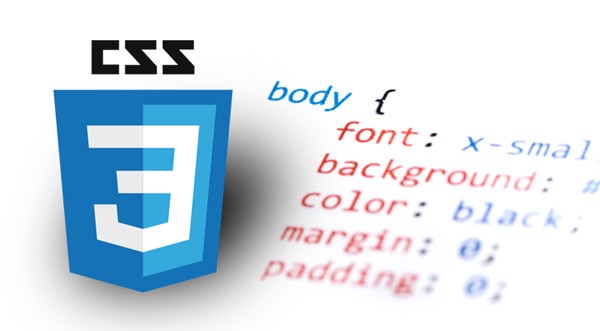CSS is the short form of Cascading Style Sheets and is perhaps one of the most significant technological discoveries in the World Wide Web. CSS has ushered in a time and cost saving technique that makes users easily access the web without much hassles. In fact, it is CSS that defines how HTML elements are to be displayed on the computer screen or in other media and platforms. It has one distinct advantage and ease to use technique and that is these external style sheets could be stored in CSS files. It is especially designed to separate both the presentation and the content so that users needn’t spend a whole lot of time in formatting style sheets for every web page.
Earlier, the development of large websites was a laborious and expensive affair as you needed to add information on color and font to every single page. This was avoided with the creation of CSS.
Importance of CSS
The problem confronting the users of the World Wide Web rose when each web page had to be painstakingly made with specific information on color, background, font, element alignment, borders and size. This became a nightmare and it was decided by the World Wide Web consortium to invent a technique to remove this. In due course of time the CSS was created that actually described as to how HTML elements were to be displayed.
As the style definitions were saved in external file the user may currently change the whole range of web files by changing just one file only. It is to be noted that HTML is the standard markup language for documents designed and displayed on web browser. Currently, it can be assisted with technologies like CSS and JavaScript as scripting language that gives the browsers and users’ good experience and ease of operation.
Naturally, having Cascading Style Sheets gives you ample ease to move from one page to another on the web. You also have the liberty to choose from the same page different style sheets.
Reducing Complexities and Repetition with CSS
As stated earlier, CSS has been designed to separate presentation with content. This includes layout, colors and fonts. This improves accessibility to content dramatically as well provide flexibility and control over the way multiple web pages are formatted by only specifying that particular CSS file. In other words, by doing so the users may easily make use of the same markup page for different presentation such as while printing, by speech based browser or screen reader or Braille tactile devices. It also provides rules for mobile devices for alternative formatting so that you have great user experience on your device.
The CSS makes use of a number of English keywords that specify names of various styles. In fact, a style sheet consists of a list of rules and each of these rules has a declaration box as well as selectors. By selecting different styles that are offered in the menu you get a few cascading style sheets for you to select from. This may be in the form of Stylesheet 1, Stylesheet 2, and Stylesheet 3 Stylesheet 4 and so on.
